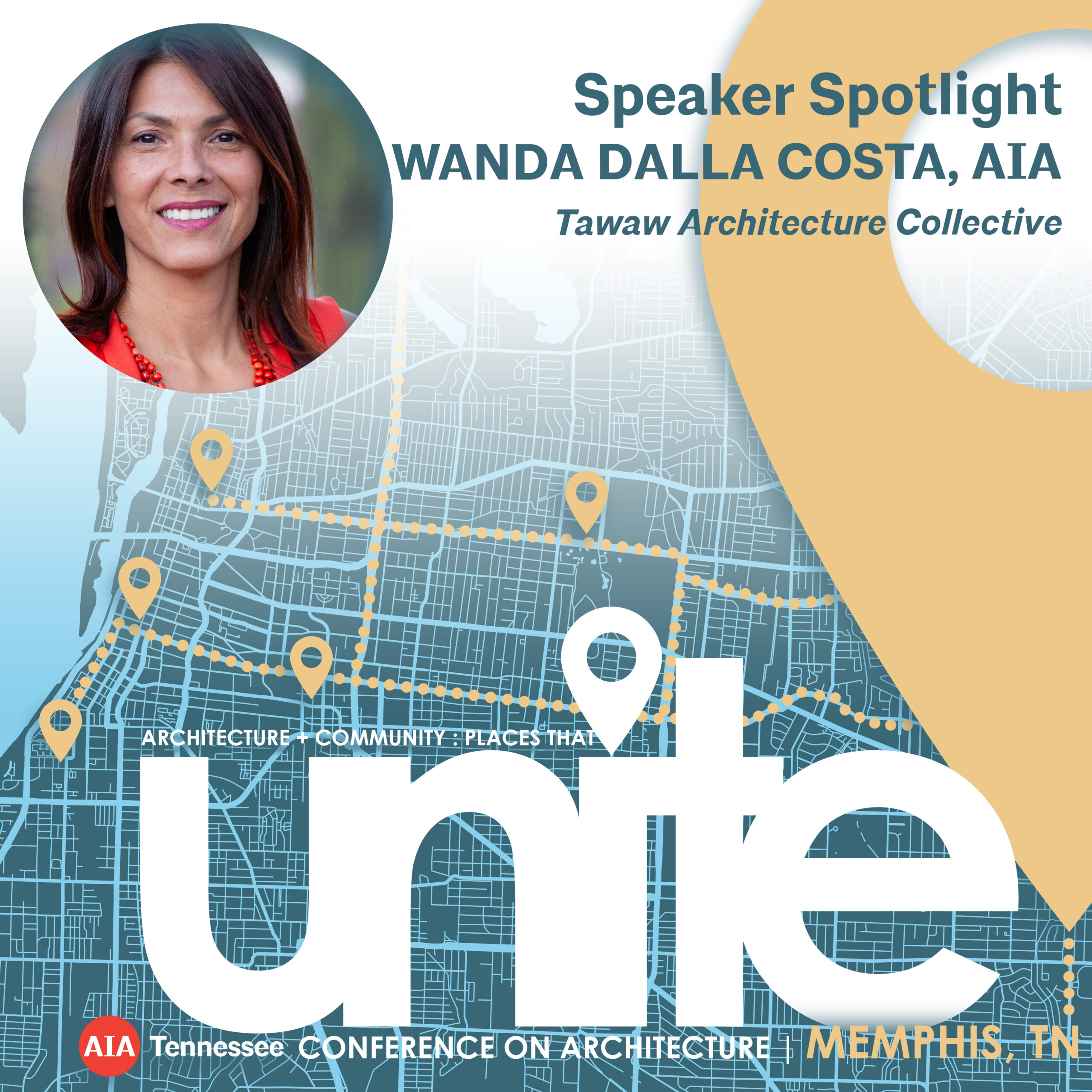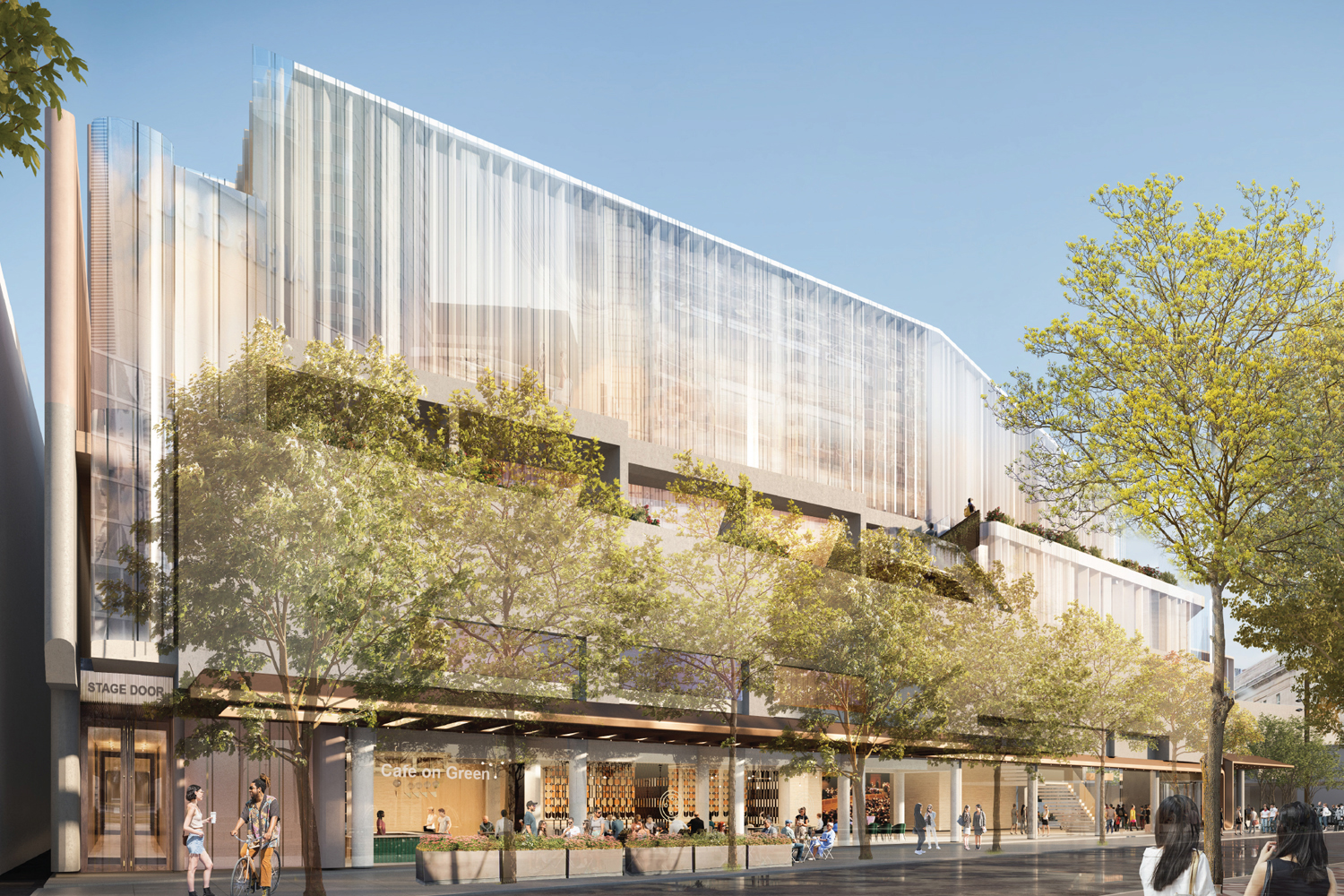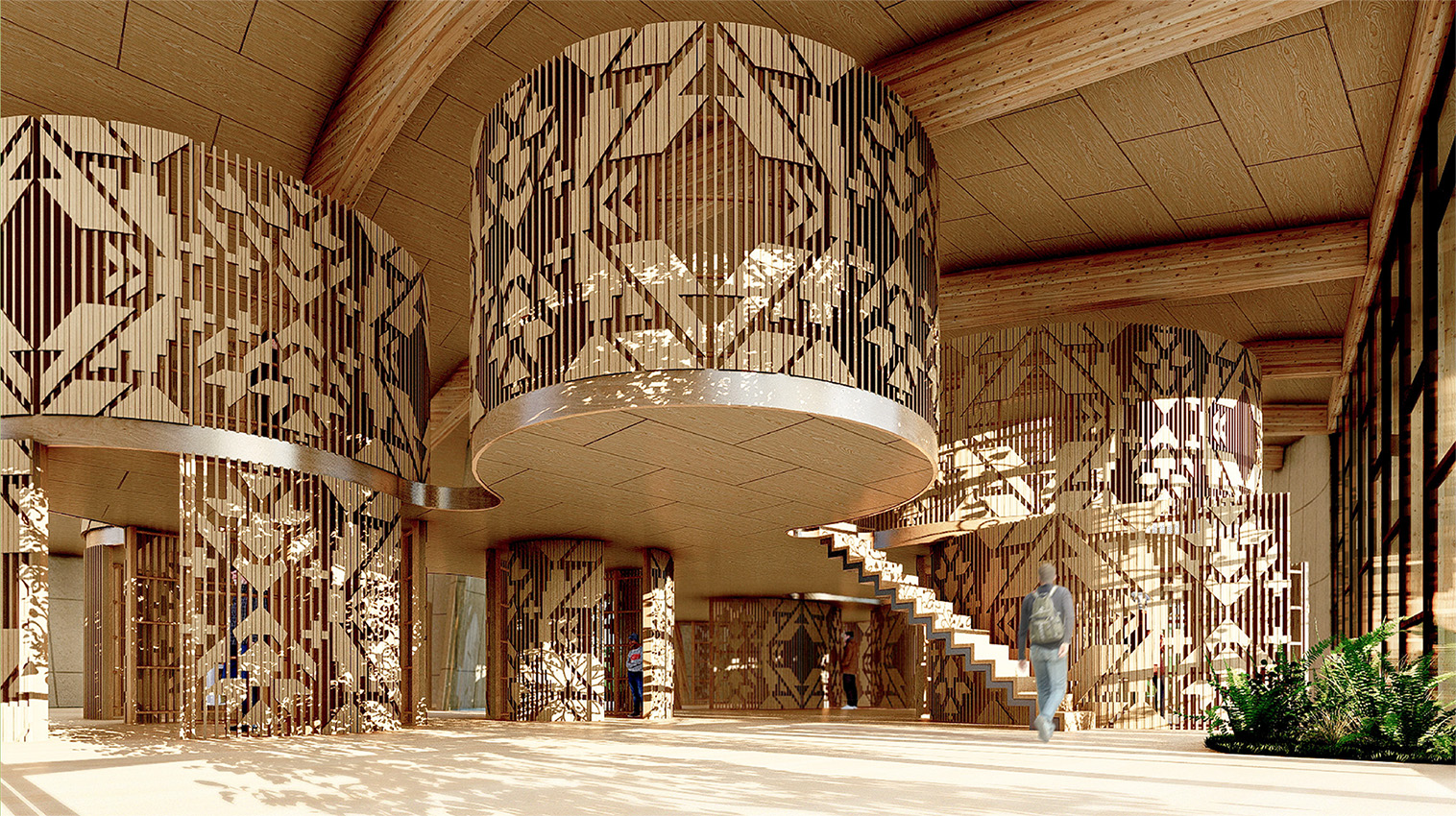
Interview with Wanda Dalla Costa, AIA, FRAIC, LEED A.P.
Principal at Tawaw Architecture Collective, Director/Founder of the Indigenous Design Collaborative
Our next speaker spotlight features architect Wanda Dalla Costa, AIA, FRAIC, LEED A.P. Her design and research firm, Tawaw Architecture Collective is based in Phoenix and Calgary, and distills the idea of placemaking to effectively honor and engage the community in the design process. To further this mission, Dalla Costa is also the director and founder of the Indigenous Design Collaborative, a community-driven design and construction program at Arizona State University, which brings together tribal community members, industry and a multidisciplinary team of ASU students and faculty to co-design and co-develop solutions for tribal communities. As a member of the Saddle Lake Cree Nation, she has infused her role in architecture with her culture and background. Her teaching and research are focused on Indigenous ways of knowing and being, co-design methodologies, and the climatic resiliency of ancestral architectures.
First, would you give a short summary of what you’ll be speaking about at the AIA TN conference and its importance for architects?
I am speaking on Radical Reinventions in architecture, through the lens of Indigenous design. Our firm is spearheading a number of pathways that we hope will assist practitioners in their DEI efforts, including learning modules in Indigenous design, tools for coding cultural data, and graphic visualizations to express the breadth and depth of Indigenous worldviews.
We often learn that the architecture continues to support the community as originally intended, but the community has also transformed the architecture in positive ways that make us very proud of what we set in motion.
In your experience working on community driven projects, what have been your greatest rewards, challenges and/or valuable lessons you’ve gathered?
The greatest reward is to see the in recent Indigenous graduates, many of whom haven’t been exposed to Indigenous design in their education, become totally immersed in what we do at the firm. Our 5-phase process includes place-based research, community engagement and co-design activities as well as measurement of outcomes in design. The most valuable lesson over time, is how teachable this process is, not only to our Indigenous graduates, but to non-indigenous practitioners that join our firm.
Your book on “Indigenous placekeeping” introduces that term “placekeeping” which may not be as familiar in the architecture profession. Although “creative placemaking” is also part of your design studio’s aims, how would you describe the key difference and/or connection between placekeeping and placemaking?
The goal of our firm is to increase authentic representation, ensure functionality of cultural spaces, and expand cross-cultural dialogue through architecture. We have a 5-phase process that we utilize, to assist in decolonizing architecture, including a set of culturally-specific engagement tools that ensure an equitable design process and culturally-responsive outcomes. Placemaking is defined as the active care and maintenance of a place and its social fabric by the people who live and work there through arts and cultural activities. Placekeeping adds further layers to the definition: it’s led by citizens with lived experience; it’s aligned with local value systems and assets; it includes indigenous ways of knowing/being/doing; and it utilizes holistic measure of wellness (social, cultural, spiritual, physical and economic).
What other interests outside of design do you have that contribute to your work?
We work with Indigenous artists as part of our project work. These conversations continue to provide valuable local lessons in identity, representation, and ethics. We can also uplift their work. We are currently releasing a small sample of home goods this year, that are co-designed in association with local Indigenous artists from across the country.
Would you share some advice to younger architects or those new to architecture about the profession and the process of design?
If you feel something needs to change in the field, begin it now. Indigenous design wasn’t a phrase back in 1998 and has become a movement due to all the practitioners interested in testing boundaries. How many other topics are underexamined?
Project images and rendering courtesy of Tawaw Architecture Collective
2023 AIA Tennessee Conference on Architecture
After living with the isolation of an ongoing pandemic, how can we celebrate, explore, and learn from spaces that bring people together and promote joy in a community setting. The types of spaces that showcase some of the greatest human accomplishments – from performance to food to hospitality. We want to highlight the places that unite rather than divide.
Wanda’s session will be held on Friday, August 4 from 9:45 AM – 10:45 AM.





